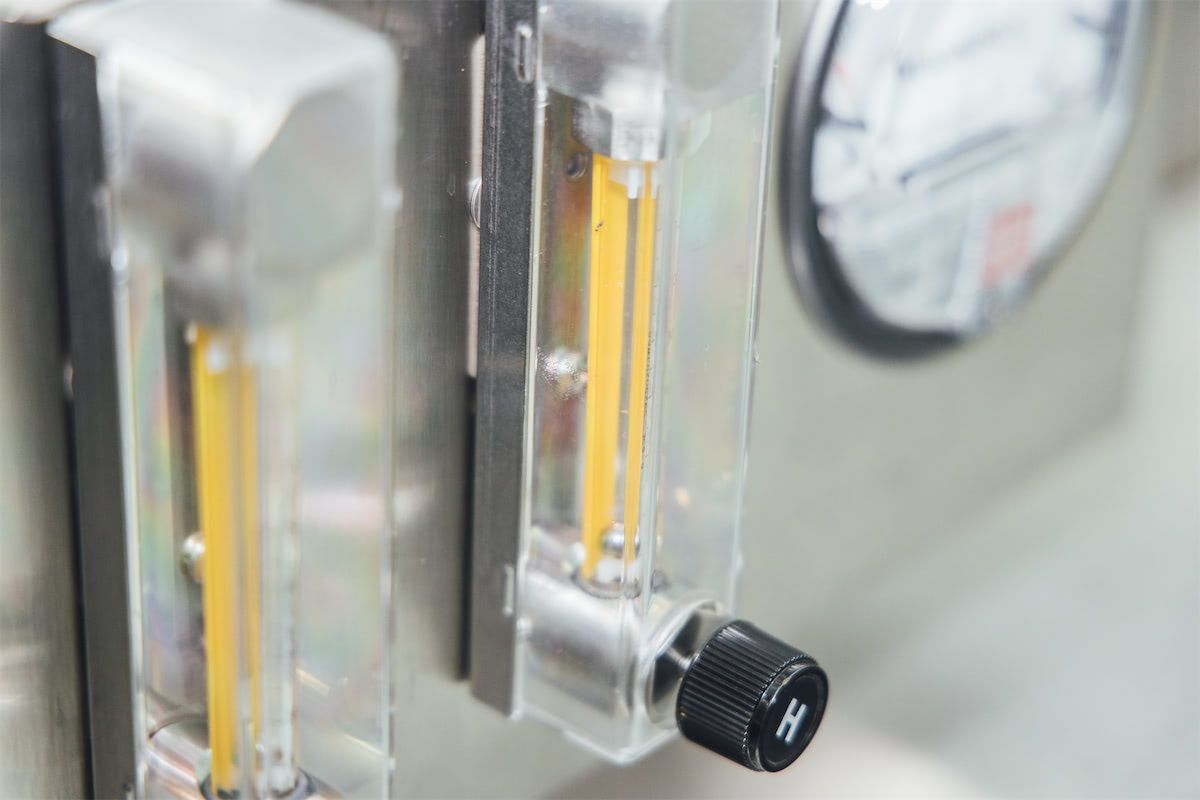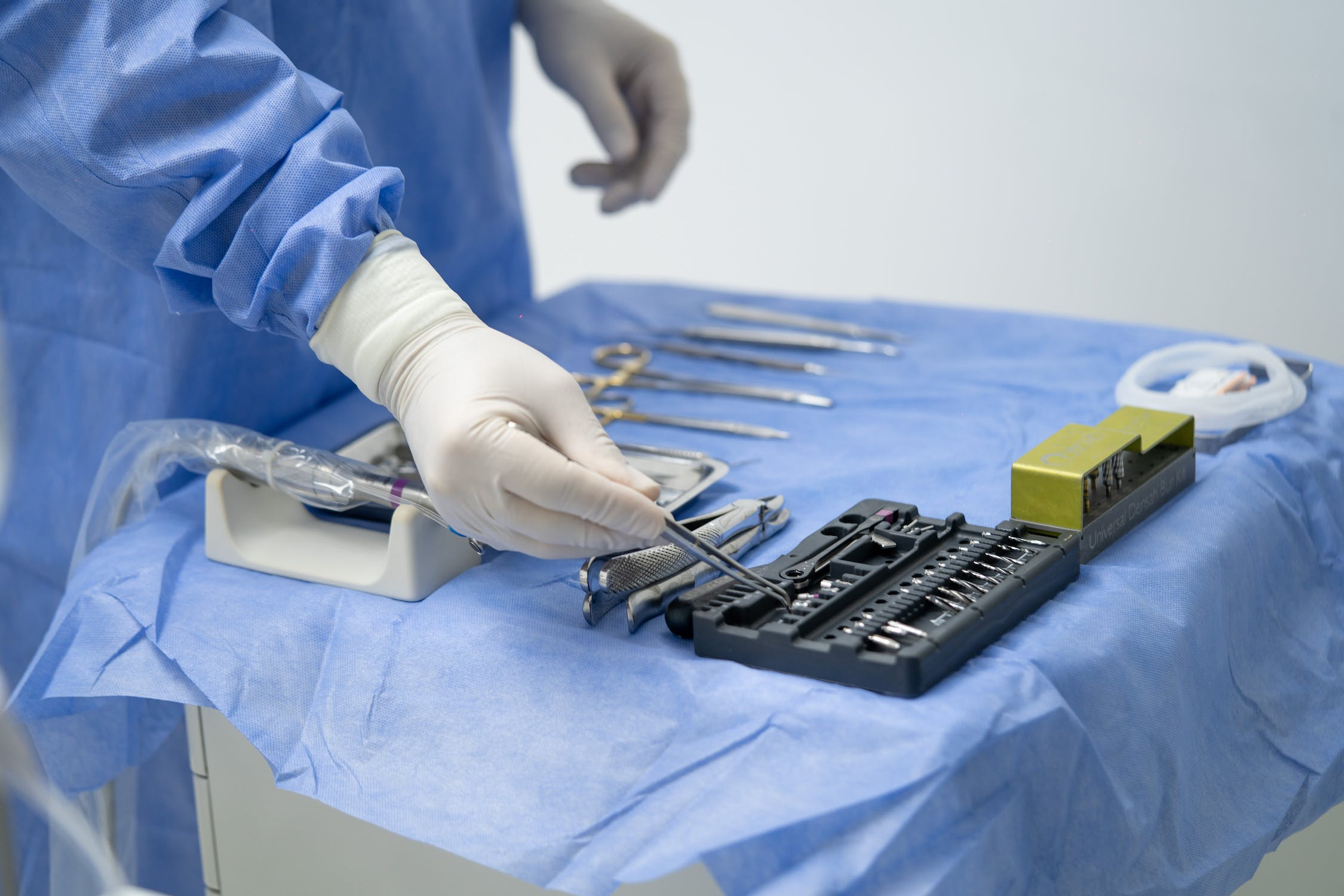.png)
USP 797 Vs. USP 800: An In-depth Comparison for Comprehensive Understanding
In the world of pharmacy practice, two crucial standards have redefined the methods of handling hazardous drugs: USP 797 and USP 800. USP 797 focuses on sterile compounding, preventing microbial contamination, and promoting aseptic techniques, while USP 800 addresses the safe handling of hazardous drugs, minimizing risks for healthcare professionals, patients, and the environment. These regulations, issued by the United States Pharmacopeia (USP), set the bar high for ensuring the safety and well-being of both patients and healthcare workers and adherence to these standards is vital to maintain medication quality and instill confidence in pharmacy operations. In this blog post, we will explore the key elements of USP 797 and USP 800, enabling healthcare providers to ensure cleanliness, safety, and regulatory compliance in cleanroom environments.
Comprehensive Overview of USP 797
USP 797 is a crucial set of standards for ensuring the safety and quality of compounded sterile preparations (CSPs) in healthcare settings. This guideline is specifically designed to reduce harm to patients that could result from microbial contamination, excessive bacterial endotoxins, variability in strength, and unintended chemical or physical contaminants, and used to promote aseptic techniques during the compounding process. USP 797 is an essential pharmacy practice as it safeguards patient safety by providing guidelines for environmental monitoring, personnel training, and cleaning procedures. By following these standards, pharmacies demonstrate their commitment to delivering high-quality, customized medications while minimizing the risks associated with contaminated CSPs.
Major Elements of USP 797
1. Compounding Environment
The compounding environment itself plays a crucial role, requiring a dedicated space designed to minimize the risk of contamination. The USP 797 guidelines prescribe the creation of a sterile compounding environment, known as a cleanroom suite. It includes cleanrooms (including buffer and ante areas), primary engineering controls (PECs), and segregated compounding areas, all constructed and maintained to meet stringent cleanliness standards.
2. Personnel Training and Evaluation
Properly trained and qualified personnel are essential for maintaining aseptic techniques and minimizing the risk of errors. Regular evaluation of personnel skills and knowledge ensures ongoing competency and adherence to the established protocols, ultimately safeguarding patient health and maintaining the integrity of CSPs.
3. Quality Control
Quality control under USP 797 involves comprehensive testing and monitoring procedures to verify the sterility, stability, and integrity of compounded preparations. Environmental monitoring, surface sampling, and media-fill testing are employed to assess the effectiveness of the compounding environment and identify potential sources of contamination.
Detailed Overview of USP 800
USP 800 focuses on the safe handling of hazardous drugs within healthcare settings. Its guidelines encompass the entire lifecycle of these drugs, emphasizing engineering controls, personal protective equipment, and proper handling techniques to minimize risks. Adhering to USP 800 enhances safety for healthcare professionals, patients, and the environment by mitigating occupational hazards, preventing unintended consequences from improper drug handling, and promoting responsible practices. By following these guidelines, healthcare facilities demonstrate their commitment to safety, regulatory compliance, and the well-being of all stakeholders involved in the handling of hazardous drugs.
Core Components of USP 800
1. Handling Requirements
USP 800 outlines comprehensive handling requirements for hazardous drugs. These requirements include procedures for receiving, storing, compounding, dispensing, administering, and disposing of these drugs. By adhering to these guidelines, healthcare professionals can minimize the risks associated with these substances and ensure the safety of both themselves and their patients.
2. Use of Personal Protective Equipment (PPE)
To minimize the risk of exposure to hazardous drugs, USP 800 mandates the appropriate use of PPE, such as gloves, gowns, masks, and eyewear, to minimize the risk of exposure to hazardous drugs. The proper selection, donning, and doffing of PPE play a critical role in protecting healthcare professionals from potential harm during drug handling activities.
3. Environmental Control
Environmental quality and control measures are enforced under USP 800, such as the requirements for containment secondary engineering controls (C-SECs) and containment primary engineering controls (C-PECs). C-SECs refer to physical barries like ventilation systems and appropriate air pressure differentials, and C-PECs emphasize local containment devices used with C-SECs to minimize the release of hazardous drug particles into the surrounding environment. This helps prevent cross-contamination, safeguard healthcare professionals and patients, and maintain the integrity of the cleanroom environment.
.png)
Comparing USP 797 and USP 800
While both USP 797 and USP 800 aim to ensure safety in healthcare settings, they target different areas of concern. USP 797 focuses on sterile compounding to prevent microbial contamination, while USP 800 addresses the safe handling of hazardous drugs. Together, they ensure the integrity of compounded sterile preparations and protect healthcare professionals, patients, and the environment from the risks associated with hazardous drugs. By adhering to both standards, pharmacies demonstrate their commitment to patient safety, regulatory compliance, and the delivery of high-quality medications. The combination of USP 797 and USP 800 creates a robust framework for cleanliness, safety, and precision in cleanroom operations, safeguarding patient health and the integrity of pharmaceutical practices.
Areas of Overlap
USP 797 and USP 800, although addressing different aspects of pharmaceutical practice, have overlapping areas that significantly impact hazardous drug handling and overall safety in healthcare settings. Both standards emphasize the importance of maintaining a sterile and controlled environment for compounding sterile preparations and handling hazardous drugs. They share focus on personnel training, PPE, and environmental controls, This includes factors such as proper ventilation, air filtration, and environmental monitoring.
Incorporating Both Standards for Optimal Safety
The ideal approach to enhancing patient safety and reducing risk in healthcare settings is to incorporate both USP 797 and USP 800 standards. Adhering to USP 797 ensures aseptic conditions, environmental monitoring, and personnel training for sterile compounding, minimizing microbial contamination and associated complications. Simultaneously, USP 800 focuses on the safe handling of hazardous drugs, emphasizing containment, personal protective equipment, and environmental controls. By integrating these standards, healthcare facilities establish a comprehensive approach to cleanliness, safety, and precision. This harmonious implementation mitigates risks, ensures regulatory compliance, and reinforces a commitment to patient well-being.

Conclusion
Incorporating both USP 797 and USP 800 standards is crucial for optimal safety in healthcare settings. By integrating these standards, pharmacies establish a robust framework for cleanliness, safety, and regulatory compliance in cleanroom environments. This comprehensive approach minimizes the risks associated with microbial contamination, variability in drug strength, unintended contaminants, and exposure to hazardous drugs, ultimately safeguarding patient safety and promoting the delivery of high-quality medications.


